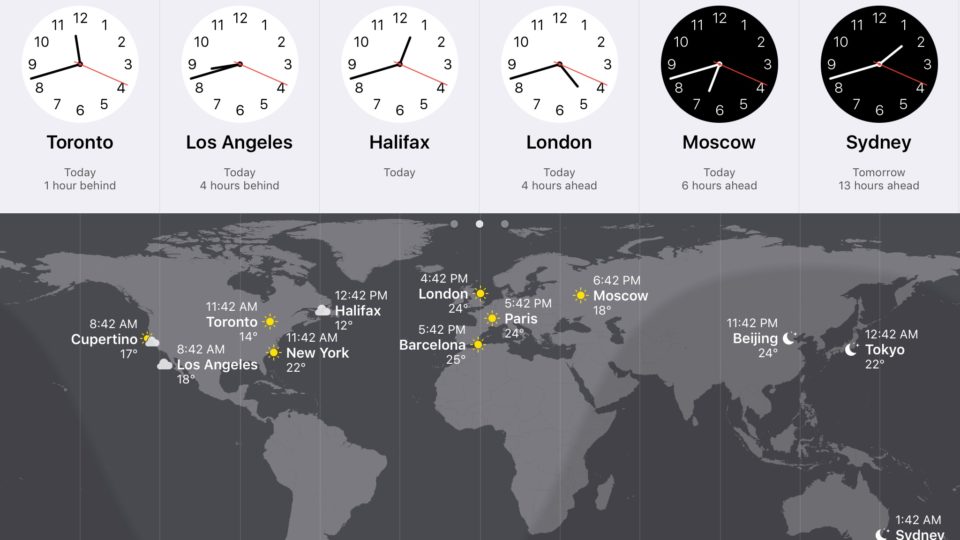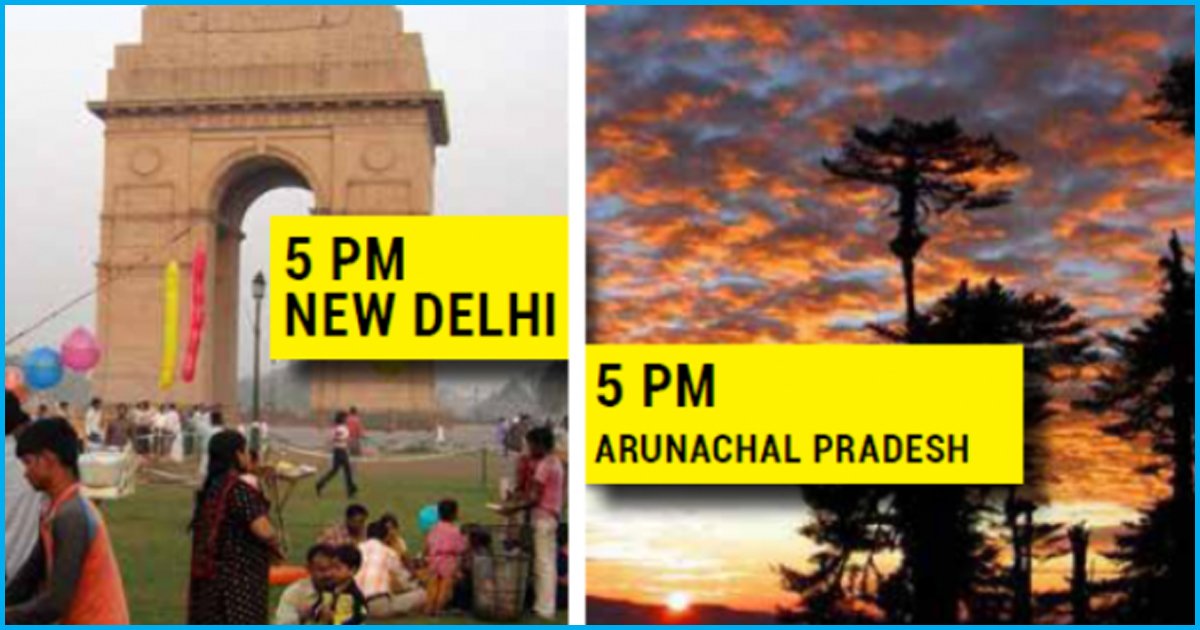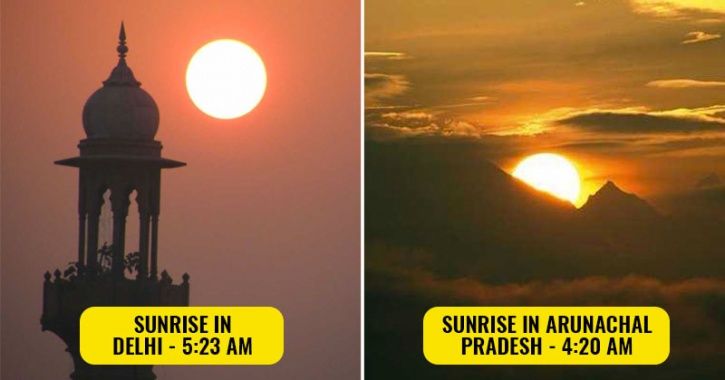
Hey…what time is it now? Well, I know that all my readers spread across the globe will have different times running on their respective clocks. Actually, we are quite accustomed to the way time zones work across the globe, have you ever thought about why different countries have different times? More than that, do you know that many countries have multiple times been shown in different parts of the same country. Now, however ‘basic’ the topic looks, trust me it’s going to be an extremely interesting concept to know about.

History of Time Zones
Actually, we have adapted ourselves to time, based upon the daylight. And, the main reason for having a universal time was clarity. We all know that it is noon where the part of the earth faces the sun and it is a night where the part is away from the sun. Now, just imagine, had there been a universal time zone, it would have shown 12pm where it would have been 12 noon as well as where it would have been 12 midnight. So, the need was felt for having the concept of multiple time zones across the globe. The brain behind this idea belonged to Sir Sanford Fleming who came up with it in the 1800s.
While Earth rotates on its axis, it moves about 15 degrees every 60 minutes, and 360 degrees in 24 hours. So, what was done was that the whole planet was divided into 24 sections. Each of these sections was 15 degrees apart and carried a specific standard time within it. In this way, every location was able to fetch the exact time within it, and the concept of time zone evolved. In other words, the course of one day was broken down into seconds and the correct time of a particular place was calculated. Here, it should be known that the distance between the zones is the greatest at the equator and shrinks to zero near the poles. Then, comes the concept of Coordinated Universal Time (UCT), which is used to regulate the time and date around the world.

Some Big Names with Multiple Time Zones
- The USA has a total of 11 time zones, including 5 on the mainland, and 2 are yet to be declared official.
- FRANCE has got a very complicated structure, especially in the region of French Polynesia around the Pacific Ocean, so it has got 12 time zones in place to manage itself.
- RUSSIA is the only country that has all the timezones over its mainland. It has 11 time zones in total and has the most number of ‘consecutive’ time zones in the world.
- The UK is a surprise name on the list because the country is quite small in size. But, because it has opened its borders for different colonies, so it has a total of 11 time zones spread across the Pitcairn Islands in the Pacific Ocean to the British Indian Ocean Territory.
- AUSTRALIA is very large in size (actually the sixth-largest in the world), especially its southern part having large islands and landmass. So, it too has got a total of 3 time zones.
Adjusting the Clock
There is another interesting concept of ‘Adjusting the Clock’. As per this, during summers (when days are longer), people adjust their clocks one hour ahead to make the day comprised of 25 hours and during winters (when days are shorter), people adjust their clocks one hour back to make the day comprised of only 23 hours. It will be done in such a way that we are able to reach back to a Standard Time on a particular date. This is done to save as much ‘Daylight’ as possible by increasing the daylight time. Now, we will talk about this daylight in a while.
Situation in India
The imaginary INDIAN STANDARD TIME (IST) passes through MIRZAPUR (yes the one under GUDDU BHAIYYA now) at 82.5 Degree Longitude East. IST is calculated 5 and a half-hour ahead of the UTC. But, the problem arises when we look at the extreme ends of India. Arunachal Pradesh, which is at the easternmost end, undergoes both sunrise and sunset before Gujarat, which is the westernmost end. Also, it should be known that India is 3000km wide and a difference of 30 degrees longitude exists between these two extreme ends, which means 2 damn hours. That exactly is the problem, this difference is not taken into account by the IST.


While the sun rises as early as 3 am in DONG (The land of Rising Sun where people flock to see the first rays of the sun) and at max till 4am in the North East. So, what happens is by the time offices and working places start functioning (8-9am, most of the sunlight hours are lost. It is because of an obvious reason, if the sun is rising at 4am, surely sunset too will take place much earlier. North-Eastern people have often complained about the problem of time zone. Similarly, in Gujarat, the sun rises late but people have to get ready and go to work/school before proper daylight. Also, the sun is out till 8pm at night. But the offices and working places are closed by 5-6 pm only. Here, also, daylight is getting wasted as people are returning back home well before its sunset.
The Importance of Daylight
Now, you must be thinking why so much emphasis is being given on ‘Daylight’ here. It is well proven in the researches that our body is best suited and also most efficient for working during the daylight time and should be laid at rest during the dark and for resting/sleeping during the night. Not just this, if daylight is getting wasted and people have to work during the dark, then it will require the usage of electricity and energy. It was said in a study conducted by D.P. SENGUPTA and DILIP AHUJA that if the IST is pushed ahead by just half an hour, it will help in saving around 2.7 billion units of electricity in one year.
What Options Do We Have?
Council Of Scientific And Industrial Research–National Physical Laboratory (CSIR–NPL) is of the opinion that at least 2 different time zones are a MUST for India. It has proposed two times zones, an hour apart; IST-1 (UCT+5:30hrs) and IST-2 (UCT+6:30hrs). The demarcation is proposed at 89.52 Degrees East. Back in 2006 also, the Federal Commission of India recommended two time zones. Then, we have the concept of BAGAN TIME as well. It is a time schedule (UTC+5:30), that was introduced by British tea-planters some 150 years ago. Actually, they were the first to catch this discrepancy in time and created a whole new system. In 2014, the then Assam CM Tarun Gogoi also tried to adopt the Bagaan Time, but it wasn’t effective.

Only TIME will Tell
So, we have seen the whole concept, context and history of how time zones work across the globe. We also saw that many countries adjust their clocks to save daylight and some even have multiple time zones running across the same country. The current situation of India also demands at least two time zones in the country. But, the government throughout the years have been a little sceptic regarding the idea. It does not want to bring such a drastic change in the system as it will not just affect the people but the whole railway, airways and many other systems as well. Also, the government fears that it lead to further alienation of North-East from the mainstream country. But, anyways this interesting concept is surely something to be pondered over. I hope you all enjoyed this one.

